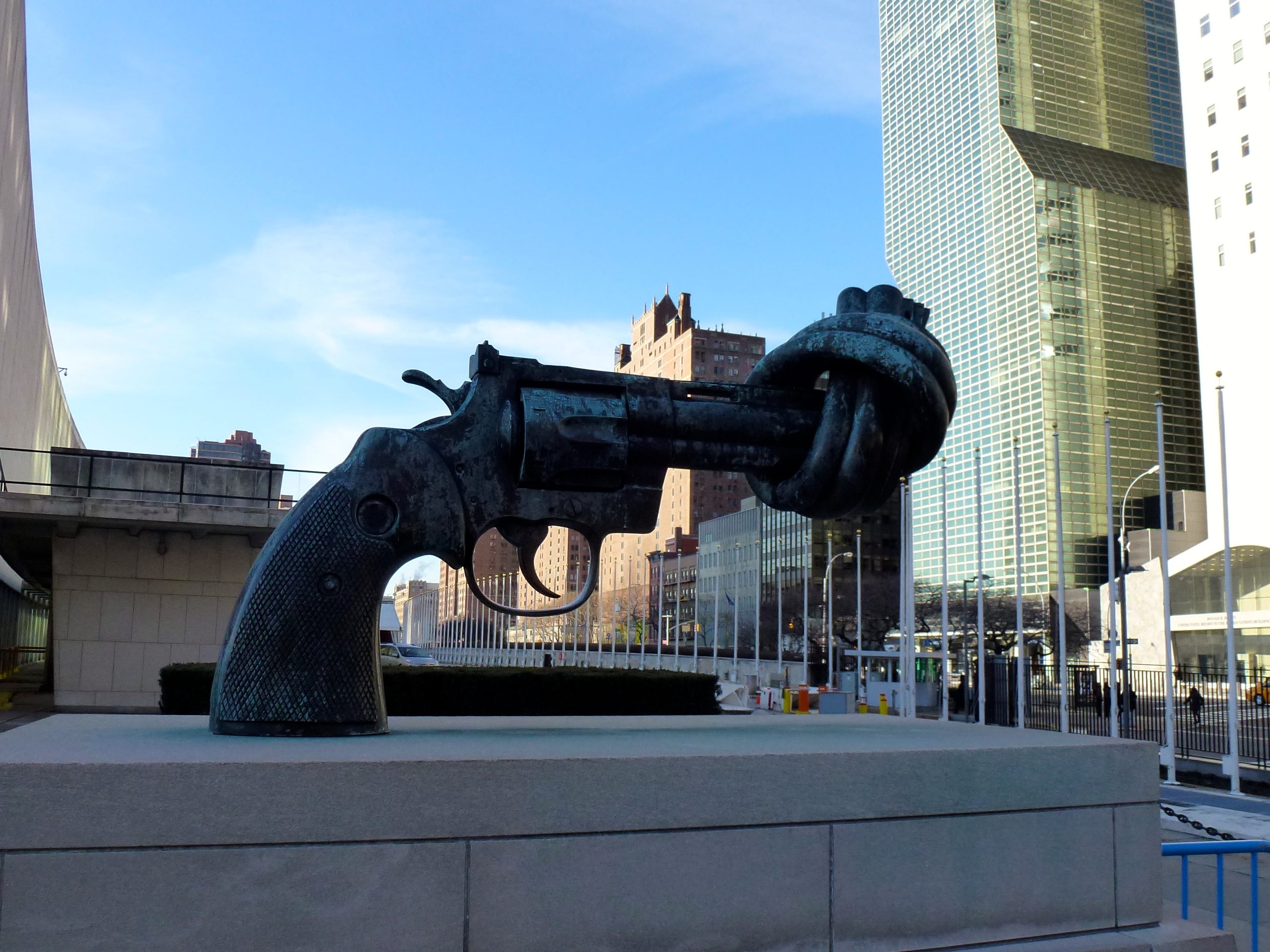Out of the discussions and academic work, several areas were highlighted as sources of lessons for the IND community. Although, researchers should be cautious about an over-reliance on case study analysis as it can be highly individual to the State and temporal context.
Nuclear Weapon Free Zones (NWFZs), exemplified by the Tlatelolco Treaty, serve as models for regional and international security, fostering cooperation and preventing proliferation through continuous communication and modifications to maintain relevancy. Efforts in the Middle East regarding the proposed Weapons of Mass Destruction Free Zone (WMDFZ) could also inform discussions, and be an avenue through which to discuss IND. Lessons should be extracted from NWFZs to find keys to their success from an IND perspective.
Individual States, primarily South Africa and Iraq, offer valuable examples of the process of disarmament and subsequent verification.
Concrete actions towards disarmament and verification measures are exemplified by: the Chemical Weapons Convention, NWS arsenal reductions (especially in regard to fissile material accounting and safeguards), NNWSs that have Comprehensive Safeguards Agreements and Additional Protocols in force, and the Treaty on the Prohibition of Nuclear Weapons (TPNW).
Further, the actual process of disarmament can take lessons from: the climate change community and their studies on how to dismantle the coal industry, the passive erosion of the US and post-Soviet nuclear complexes in the 1990s,[6] and a case study on the UK nuclear weapons complex.[7]
Verification lessons can be learned from: the US and USSR actions in the Cold War, IAEA verification of enrichment and reprocessing facilities, the EURATOM safeguards systems (as it has a uniform system for NWS and NNWS), and case studies on contemporary nuclear weapons complexes.[8]
When exploring the concept of latency, attention should be paid to the IAEA’s Acquisition Path Analysis methodology, the JCPOA (with special care not to confuse the concept of latency and breakout time), Japan, and Germany. To garner lessons on virtuous versus disruptive action cycles, one can analyse the Argentina/Brazil dynamic via the Brazilian-Argentine Agency for Accounting and Control of Nuclear Materials (ABACC), or an example from a different context, the Paris Climate Accords.
[6] Dr Nick Ritchie, “Irreversibility and Nuclear Disarmament: Unmaking Nuclear Weapon Complexes”, Journal for Peace and Nuclear Disarmament 6:2 (2023), 218-243, in https://www.tandfonline.com/doi/full/10.1080/25751654.2023.2282737
[7] Dr Nick Ritchie, “Provisional systems map of the UK nuclear weapons complex”, University of York, available at: https://embed.kumu.io/72049ffc0af7e5f2e55234fea31f166f
[8] Using the model developed in: Alberto Muti, Grant Christopher and Noel Stott, “The Role of Verification in Supporting Irreversible Nuclear Disarmament”, Journal for Peace and Nuclear Disarmament 6:2 (2023), 292-302, in https://www.tandfonline.com/doi/full/10.1080/25751654.2023.2291892
